Introduction
In the previous article we explored how maternal behavior toward off spring has a major effect on epigenetic scanning of our genes, while early life reset of most genes in the neonate allows the newborn to start with a fresh gene set minus the gene tags on the inherited parental genes. We also discussed a small gene subset called imprinted genes that dealing with fetal growth and development and to define the neonate in terms of particular visual and character traits passed on by the parents and even grandparents.
Epigenetics and Nutrition 1
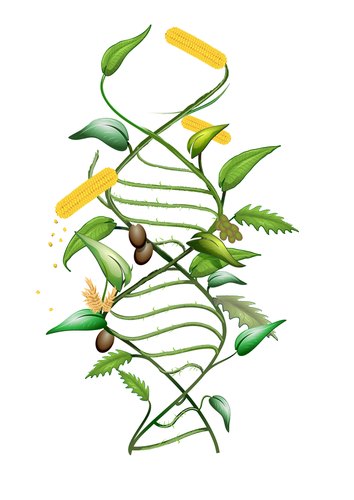
Some biological processes need a constant supply of fresh methyl groups for cell division, and energy production.
The raw dietary materials that provide these methyl groups include Methionine, Betaine, Choline and Folate, while other food intake such as Vitamin B12, and Zinc transport the methyl groups in preparation for epigenetic switching of the DNA.
These same foods Methionine (amino acid from red meat, garlic, nuts, kidney beans, fish and chicken), Betaine (another amino acid contained in food sources Wheat bran, quinoa, beets, spinach), Choline (food sources eggs, liver, peanuts poultry) and Folate (food sources green leafy vegetables, broccoli, citrus fruits, legumes, lentils, avocado, brussel sprouts ) also provide as maternal methyl group donors.

Maternal Methyl Group Donors
Supplementing Folate is crucial for a mother to be, especially months before conception, and all the way through pregnancy.
These food items will provide the necessary global methylation to activate specific genes that include IGF2 (Growth), DMD ( Dystrophin Protein production used for muscle movement and to strengthen muscle for the heart, skeletal and for cranial nerves).
Other genes involved are DNMTI (Gene used to make an essential enzyme DNA methyltransferase 1 used to add methyl groups to DNA nucleotides).
LEP (Gene instructed to produce the hormone Leptin which regulates body weight – this hormone in an adult is released from the adipose tissue to stimulate satiety from the hypothalamus which blocks insulin).
RXRA (Retinoid X Receptor Alpha used to activate Vitamin D receptors for Calciferol intake) providing sufficient Cord blood methylation essential for stem cell and nutrient delivery to the fetus via the placenta.
Epigenetics and Nutrition 2
Resveratrol
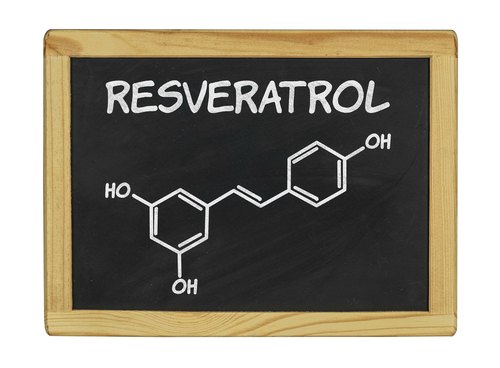
Research has discovered Resveratrol (RVT), a substance found in grape skins (red wine), to influence the regulation of DNA Methylation.
You may recall from Part 1 DNA Methylation typically is used to silence gene expression.
This substance has also been found to activate specific cellular proteins called SIRTS (‘Silent mating-type information regulators’), a weird nomenclature for a protein, but it is actually derived from Yeast research, where these regulatory proteins were first discovered.
Within the human organism each cell has 7 SIRTS ( 1-7); a more detailed discussion of their function is given in Part III of the series on Ageing.
A particular study conducted in 2017 ‘Epigenetic Regulatory Mechanisms induced by Resveratrol’ found that this substance appeared to have an affect on SIRT1, that works within the Nucleus and the Cytoplasm ( Also known as the Cytosol, a thick solution of water, salts and proteins that contain pretty much all the cellular functional organelles, Nucleus, Endoplastic Reticulum, Ribsomes, and Mitochondria).
When SIRT1 is activated, a number of genes involved in metabolic control are expressed.
RVT induces SIRT1 function such as the induction of Peroxisome Proliferator Activated Receptor -γ Coactivator (PGC-1α), by deactetylating multiple Lysine sites ( from Part 1 we discussed acetylation of Histones).
PGC-1α, is a cofactor for Mitochondrial Biogenesis.
In the article on Ageing we explained that endurance exercises puts stress on the mitochondrial energy factories, and if there is insufficient energy production to provide the host’s needs, then the cells produce more mitochondria to generate more energy which is mitochondrial biogenesis.
John Holloszy MD from St Louis, who specialized in Biochemical,Anatomical adaptations in exercise, discovered in the 1960s that physical endurance training induced higher mitochondrial content levels producing a greater glucose uptake by the muscles.
So an endurance athelete or anybody that exercises on a regular basis have thousand of mitochondria and thousands of energy factories called Electron Transport Chains.
There is a correlation with this phenomena and ageing, and this is why birds can live a long time since flight requires huge amounts of energy.
Bird cells contain many mitochondria compared to say Rats that dump their excess mitochondria, and course they only have a 4 year lifespan compared to birds who typically live for 50 years or more.
To assist the diabetes type II condition, when RVT activates SIRT1, it increases Insulin sensitivity when SIRT1 deacetylases or silences protein-tyrosine phosphatase 1B (PTP1B), a gene that produces an enzyme that acts as a negative regulator of the Leptin/Isulin signalling pathways
SIRT1 influence various activities such as Autophagy ( cell recycling), but its influence on ageing is to suppress the main transcriptional gene regulator NF-kB ( Nuclear Factor Kappa B) that turns on inflammation, since ageing is associated with low grade inflammation.
The richest source contained in Japanese knotweed (used in Chinese medicine), also known as Polygonum Cuspidatum is cultivated in China and Japan. Grape skins contain 50-100 mg and 0.2-7mg in red wine.
Other foods that contain Resveratrol include Mulberry, Bilberry, Lingonberry, Sparkleberry, Deerberry, Partridgeberry, Cranberry, Blueberry, Jackfruit and Peanuts.
Leaves and flowers also contain a certain amount of resveratrol including Gnetum, White Hellebore, Corn Lily, Butterfly Orchid tree, Eucalyptus, Spruce, Poaceae, Scots pine, and Rheum.
Plants synthesize resveratrol as a defense mechanism against environmental stress such as drought, UV light, and fungal infection.
Other foods that balance normal DNA methylation and increase efficiency of tumor suppression function include Green tea, cruciferous vegetables like broccoli, cauliflower, kale and Bok Choy.
Epigenetics and Nutrition 3
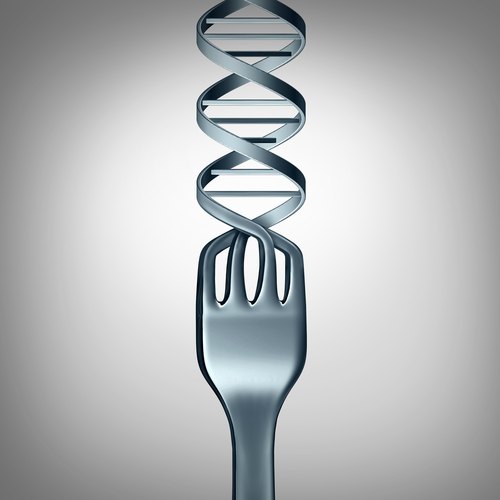
Other dietary foods that also modulate Histone Acetylation include Garlic (Chemical compound S-allylmercaptocysteine, Allyl mercaptan, and Diallyl disulfide (DADS), Wasabi or japanese horseradish (used in Sushi to destroy any harmful bacteria in the raw fish, chemical compound 6-methylsulfinyl hexyl isothiocyanate), Cashew nuts ( chemical compound Anacardic acid), Turmeric (Chemical compound Curcumin), Butter (chemical compound Butyrate), Apple, tea, onion, nuts, berries (Chemical compound Quercetin), Broccoli (chemical compound Sulforaphane) and Black and green tea (chemical compound Theophylline)
Epigenetics Drugs
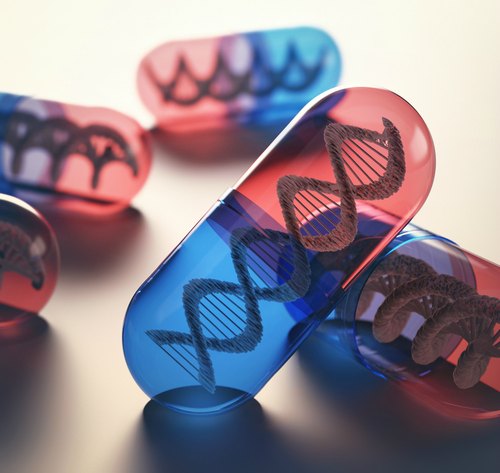
Hanahan and Weinberg identified 6 ways that cancer erupts in the body which are:
- Self-sufficiency in growth signals,
- Insensitivity to growth-inhibitory (antigrowth) signals,
- Evasion of programmed cell death (apoptosis),
- Limitless replicative potential
- Sustained angiogenesis
- Tissue invasion and metastasis
So the drug industry has developed Epigenetic drugs especially in the area of cancer treatment such as Vidaza which is defined to be a Methylation inhibitor, but in reality it is chemotherapy poison. Zebularine another DNA Methylation inhibitor (prototype epigenetic therapeutic drug) but another chemotherapy poison.
MG98 epigenetic drug designed to inhibit DNA methyltransferase enzyme, is an Antisense Oligonucleotide* that is used to treat genetic mutations (again still chasing after genetic mutations) and RG108 which is a chemical being used to force gene silencing without knowing why the cancer related gene is being expressed, thus working against the body’s infinite intelligence by assuming that the gene is a mutant oncogene.
There are Bromodomain inhibitors, HAT inhibitors. Protein methyltransferase inhibitors, HDAC inhibitors and so on, all chemicals being used to force genetic mechanisms without researching why the problem exists in the first place.
*Antisense oligonucleotides are short single stranded synthetic DNA molecules that are introduced at the intermediate stage from copying a particular DNA strand that is then converted into a molecule called messenger mRNA, which has the affect of binding to mRNAs, causing them to be cut into pieces. A risky procedure that actually silences Gene DNMT1 translation to prevent or reverse abnormal methylation of tumor suppression genes that leads to tumor growth. This epigentic tinckering Antisense technology is also being considered to treat different inflammatory diseases, including Crohn’s disease (CD) and ulcerative colitis (UC), the two major inflammatory bowel diseases (IBDs) in humans.
Conclusion
We now know that Epigenetics is a mechanism that involves DNA methylation that dictates how the DNA blueprints are read, it is not just reading a gene, it is internal and external stimuli that ultimately control how the gene should be read, all or only a part.
Nutrients, minerals and Vitamins play a crucial part in the how the DNA blueprints are to be expressed or silenced, and we know that DNA methylation is reversible and is modifiable by nutrients, thus nutritional sufficiency is the only true way to prevent a body from becoming unbalanced and to express abnormalities like chronic disease.
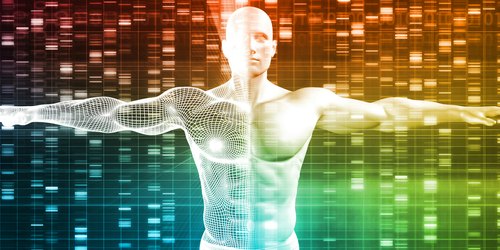
Eve 6: You and you. You have 46 chromosomes. The Adams and the Eves… we have 56. We have extra chromosomes. Number 4, 5, 12, 16, and 22. This replication of chromosomes also produces additional genes. Heightened strength. Heightened intelligence.
Mulder: Heightened psychosis.
Eve 6: Save the best for last.
Quote from X Files season 1 episode 10 EVE
Check out the Previous Article in this series:
https://www.extremehealthacademy.com/the-basics-of-epigenetics-part-1/
https://www.extremehealthacademy.com/epigenetics-part-2-which-gene-copy-do-i-use/
References/Acknowledgments:
- Dietary & supplemental maternal methyl group donor intake and cord blood DNA methylation Sara Pawels & Colleagues Taylor & Francis 2017
- PGC1 alpha, Mitochondrial biogenesis, Anti sense therapy, Zebularine,PTPN1 Wikipedia
- DMD,DNMT1,LEP RXRA genes Genetics Home reference
- SIRT1 gene suppresses Longevity News Medical 2005
- Nutrients and Epigenetics Book Sang Woon Choi, Simonetta Friso 2009
- Nutrition Epigenetic Mechanisms and human disease Book 2011 Nilanjana Maulik, Gautam Maulik
- Use of Epigenetic Drugs in Disease: An Overview Heerboth,Lapinska, Snyder, Leary, Rollinson and Sarkar NCBI 2014
- Epigenetic Regulatory Mechanisms Induced by Resveratrol 2017 Guilherme Felipe Santos Fernandes et al NCBI (PubMed) -nutrients MDPI
- Protein Deacetylation by SIRT1: an emerging ket post translational midification in metabolic regulation 2013 Jiujiu Yu & Johan Auwerx NCBI PubMed
- Vidaza Drugs.com
- Definition of MG98 NCI Dictionary of cancer terms NCI
- Antisense Oligonucleotide: Base Concepts and Therapeutic Application in inflammatory Bowel disease 2019 Davide Di Fusco et al
- DNA methyltransferase inhibitor RG108 and histone deacetylase inhibitors cooperate to enhance NB4 cell differentiation and E-cadherin re-expression by chromatin remodelling. Savickiene, Trelgyte, Jazdauskaite, Borutinskaite, Navakauskiene NCBI 2012
- Quote from X Files Wikiquote
Author: Eric Malouin